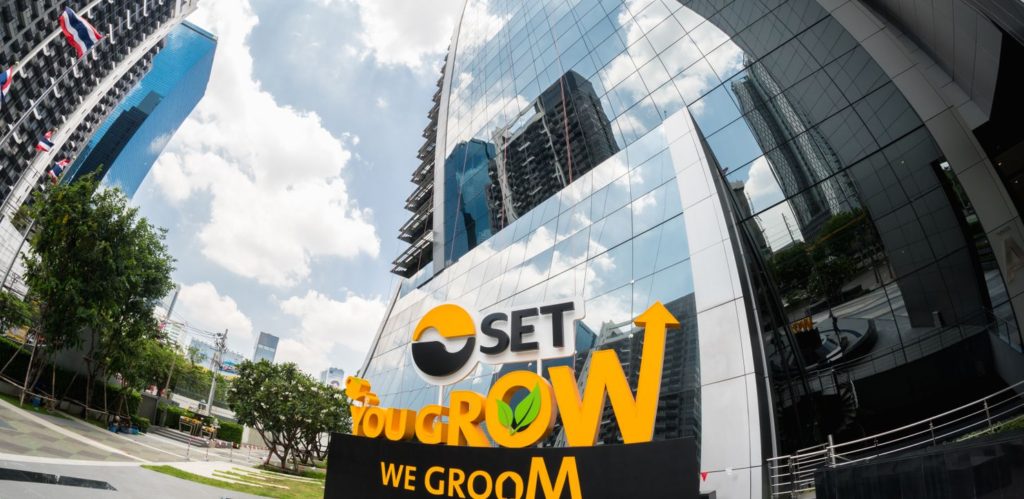Scenario analysis, especially when gamified, serves as an engaging tool to prepare for potential climate impacts and build strategies for various futures.
Climate change is an escalating global issue with profound implications for businesses, affecting everything from physical assets and supply chains to market dynamics and regulatory frameworks. Therefore, it’s essential for businesses to undertake scenario analysis on climate change, preparing and planning for a range of possible futures. But how can this critical task be made more approachable and engaging? By gamifying it.
What is Scenario Analysis?
At its core, scenario analysis is a process that allows organizations to explore and prepare for uncertain future events. It involves creating and analyzing multiple plausible future scenarios, assessing the potential impacts and risks, and formulating strategies to navigate these possible futures.
With climate change, uncertainties are considerable, involving both physical risks (like severe weather events) and transition risks (such as policy changes aimed at mitigating climate change). Thus, conducting scenario analysis can be a crucial tool for businesses to build resilience and adaptability.
The Game Plan: Gamifying Scenario Analysis
By thinking of this process as a game, we can infuse fun, engagement, and excitement into scenario analysis, making the process more interactive and less overwhelming. Here’s a simple four-step guide on how to gamify the process of scenario analysis:
Step 1: Set the Game Board – Define the Scope
Like any game, you need to establish the rules and boundaries. For scenario analysis, this involves defining the scope of the analysis: timeframes, climate events to prepare for, and parts of your business to be affected. Once you have the ‘game board’ set, you can start identifying the key uncertainties related to climate change that could affect your business.
Step 2: Create Your Characters – Identify Stakeholders
Identify your ‘game characters,’ or the stakeholders involved in or affected by your business’ climate change strategy. These can include employees, customers, suppliers, investors, regulators, and the local community. Assign roles to different teams or individuals to represent these characters, ensuring a well-rounded approach to the scenarios.
Step 3: Craft Your Storylines – Develop Scenarios
With your characters and game board, create your ‘storylines,’ or the different scenarios that your business could face in the context of climate change. Each storyline should have unique challenges and implications for your business. These scenarios should not be predictions, but rather plausible futures that your business needs to consider.
Step 4: Play the Game – Analyze and Strategize
With your characters and storylines in place, it’s time to ‘play the game.’ Teams will analyze the potential impacts on their business, discuss potential responses, and strategize on how to navigate the challenges. This encourages creativity, collaboration, and critical thinking.
Building Scenarios: 1.5°C and 2°C Warming
Let’s include the specific climate scenarios reflecting the targets of the Paris Agreement, aiming to limit global warming to well below 2 degrees Celsius, preferably to 1.5 degrees Celsius, compared to pre-industrial levels.
Scenario: 1.5°C Warming
In this storyline, global efforts to combat climate change are largely successful. The physical risks are relatively moderate, but the transition risks are high. Teams will need to consider how they can reduce their carbon footprint, leverage green technologies, and navigate stricter environmental regulations.
Scenario: 2°C Warming
This storyline represents a world where some measures have been taken to combat climate change, but not enough to keep warming to 1.5°C. It presents a balance of physical and transition risks. Teams need to consider both resilience and adaptability, exploring strategies to protect physical assets and supply chains, as well as ways to adapt to new regulations and market demands.
To conclude, with climate uncertainties on the rise, businesses must stay ahead of the curve. Scenario analysis, especially when gamified, serves as an engaging tool to prepare for potential climate impacts and build strategies for various futures. Playing out scenarios such as the 1.5°C and 2°C warming scenarios helps companies navigate possible challenges and seize opportunities in a changing climate. The ultimate victory in this game is not merely survival, but the creation of resilient and sustainable businesses that contribute to a healthier planet and a sustainable future for all.

